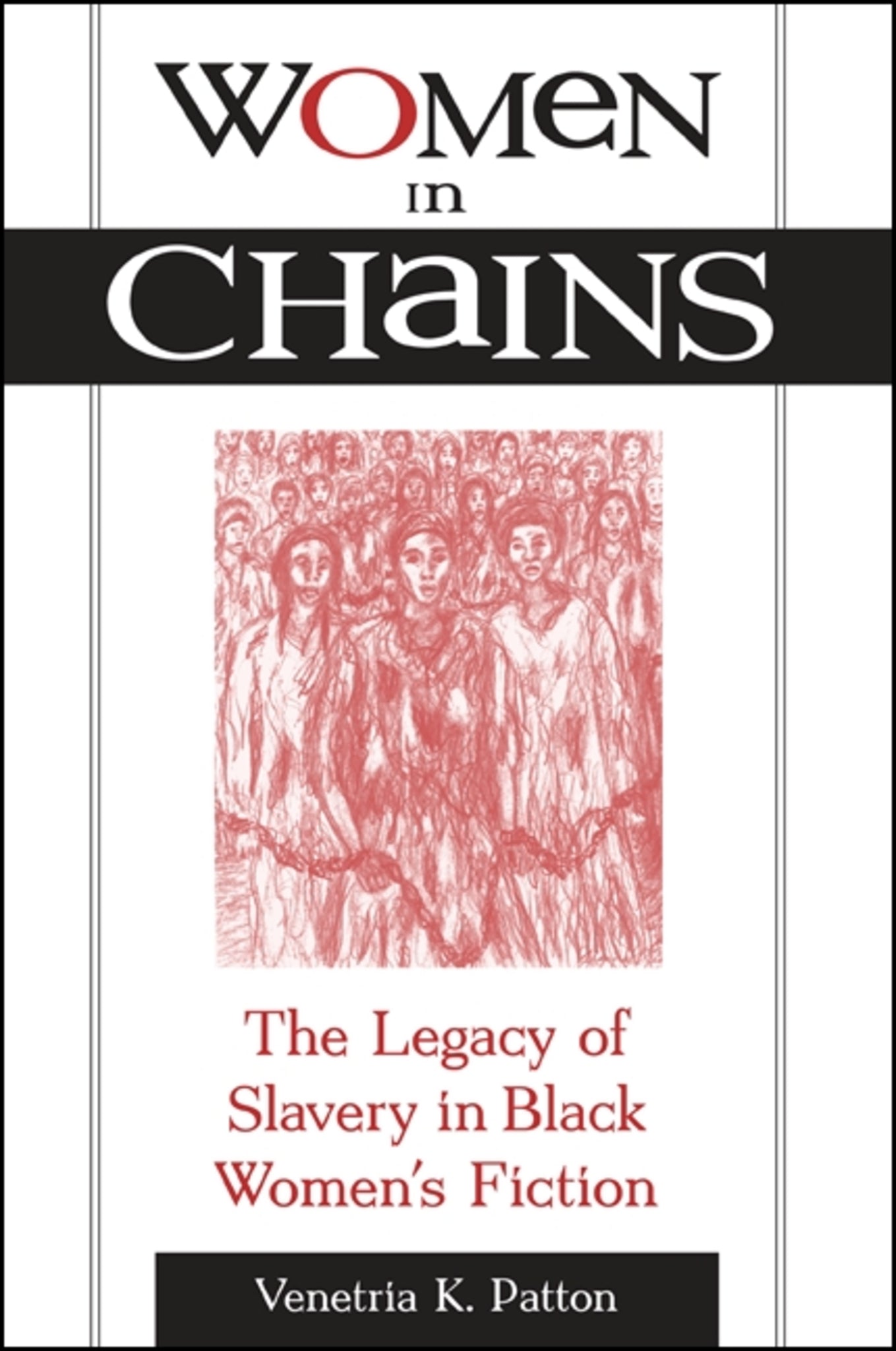We're sorry. An error has occurred
Please cancel or retry.
Women in Chains

Some error occured while loading the Quick View. Please close the Quick View and try reloading the page.
Couldn't load pickup availability
- Format:
-
04 November 1999

Traces the connection between slavery and the way in which black women fiction writers depict female characters and address gender issues, particularly maternity.
2000CHOICEOutstanding Academic Title
Using writers such as Harriet Wilson, Frances E. W. Harper, Pauline Hopkins, Toni Morrison, Sherley Anne Williams, and Gayl Jones, the author highlights recurring themes and the various responses of black women writers to the issues of race and gender. Time and again these writers link slavery with motherhood-their depictions of black womanhood are tied to the effects of slavery and represented through the black mother. Patton shows that both the image others have of black women as well as black women's own self image is framed and influenced by the history of slavery. This history would have us believe that female slaves were mere breeders and not mothers. However, Patton uses the mother figure as a tool to create an intriguing interdisciplinary literary analysis.


"Women in Chains establishes the liberational context of black women's fiction through close and careful readings of archetypal text and through the application of sophisticated literary analysis grounded in the living legacy of our own 'talking books.' In this book, Patton walks a weary mile in the shoes of her chosen foremothers and finds her own place in the tradition." — Joanne M. Braxton, The College of William and Mary
Acknowledgments
Introduction
1. The Breeding Ground: The Degendering of Female Slaves
2. The Cult of True Womanhood and Its Revisions
3. Reclaiming True Womanhood
4. Tragic Mulattas: Inventing Black Womanhood
5. The Haunting Effects of Slavery
Conclusion
Notes
Bibliography
Index



